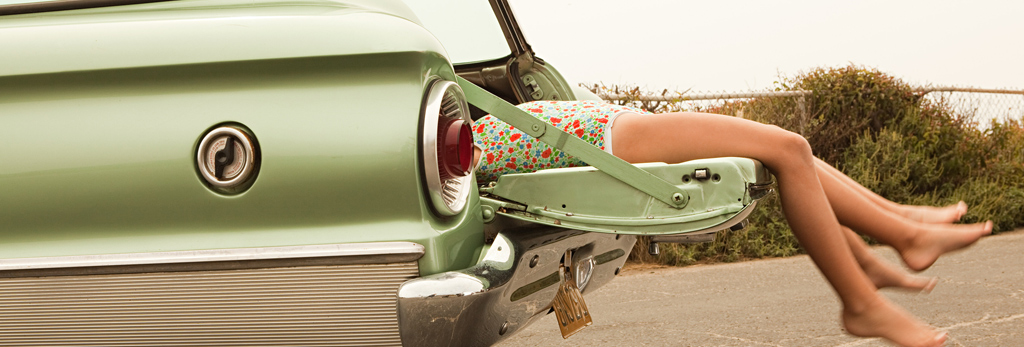
Spider Veins
Spider veins on a foot, or telangiectasia, are small thread like veins in the skin that are connected to the larger venous system. They begin as capillaries, are blue or red, and look like a spider web or as branches of a tree. They are caused by reflux: pressure from the deeper vein to the fragile skin veins. They can be a cosmetic problem or cause throbbing and aching. The treatment is to first eliminate all cause of reflux and then usually sclerotherapy is used to eliminate the visible veins.
Cause of Spider Veins

The most common cause of spider veins is genetic predisposition. They occur more frequently in women (for instance, in and around a pregnancy). They also may be the result of a traumatic injury. Spider veins on the face may be related to excessive sun exposure.
Spider Vein Treatment
In determining a spider vein treatment, it is important to visit a comprehensive vein specialist who can assess the extent of your vein disease. The most common spider vein treatments are sclerotherapy and to a lesser extent, surface (non-surgical) laser treatment. Sclerotherapy involves the injection (directly into the spider vein) of a chemical solution that will close the offending vein, causing it to disintegrate. If underlying venous disease is present, other vein treatment methods may need to be employed.
Spider veins, once treated, may appear to recur with time, but often this is the result of new spider veins growing in nearby capillaries. If this occurs, additional spider vein treatments may be necessary.

